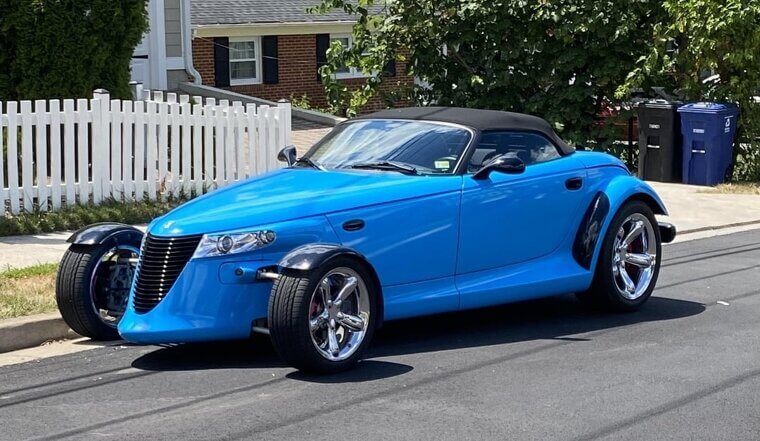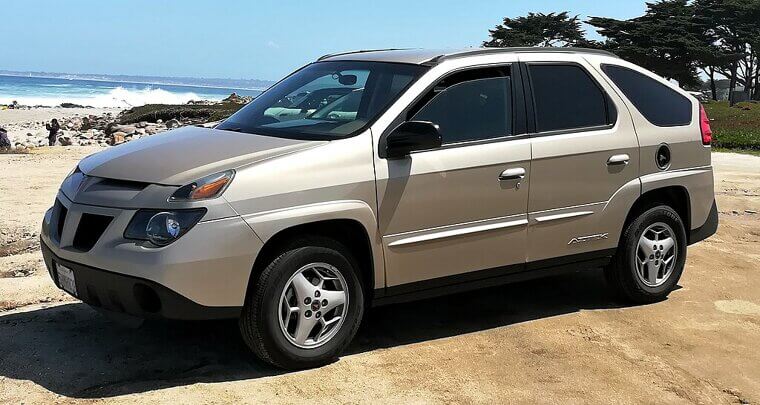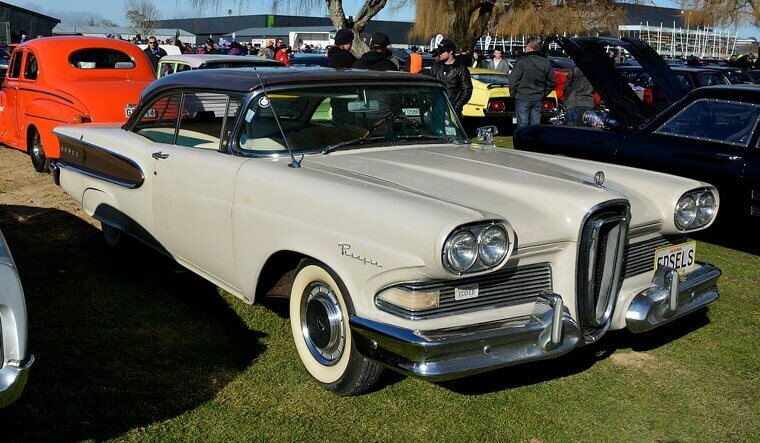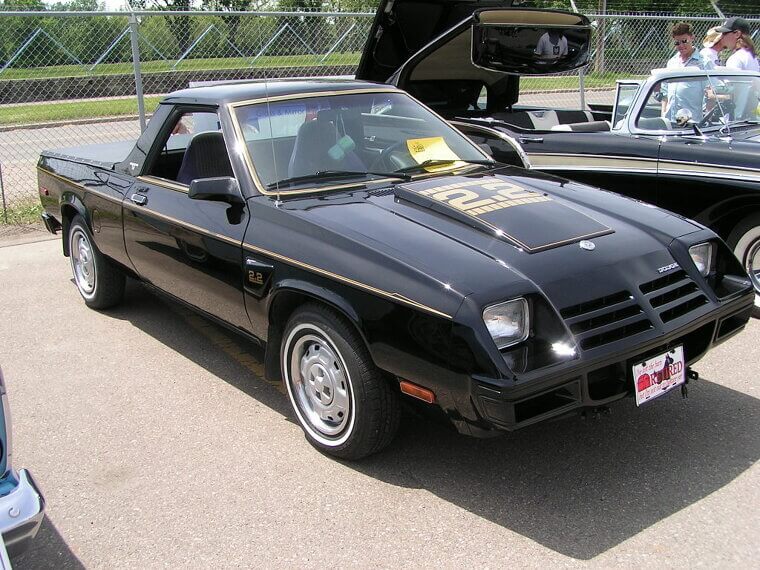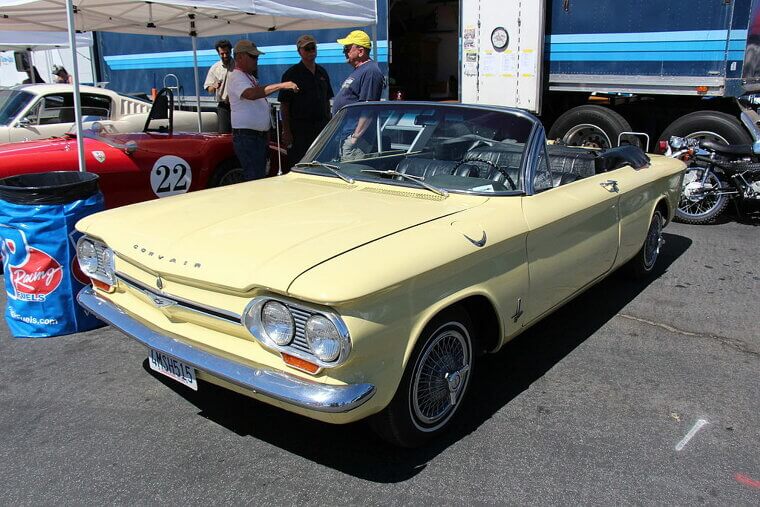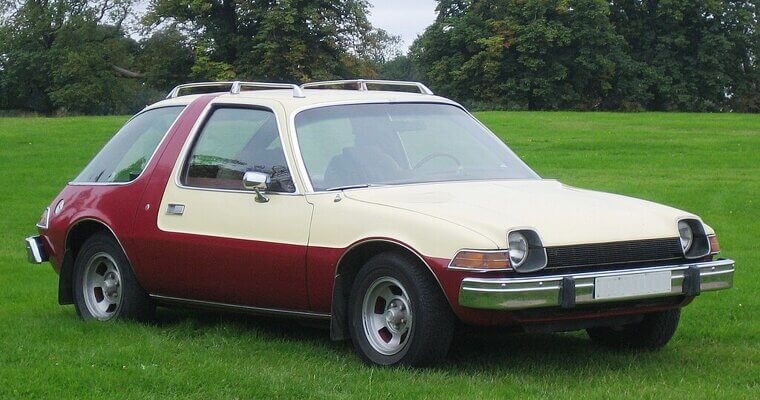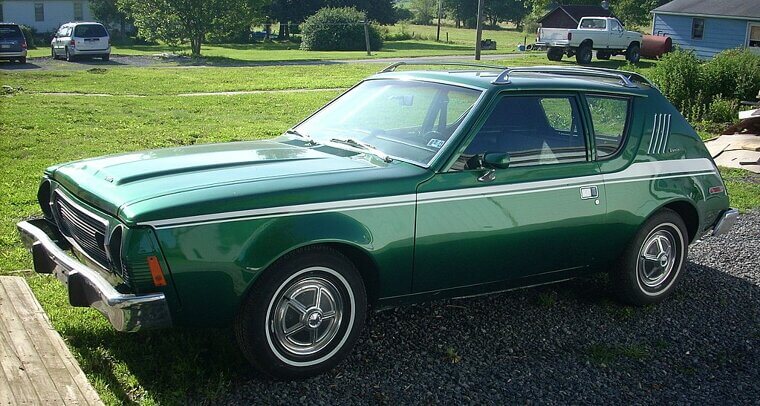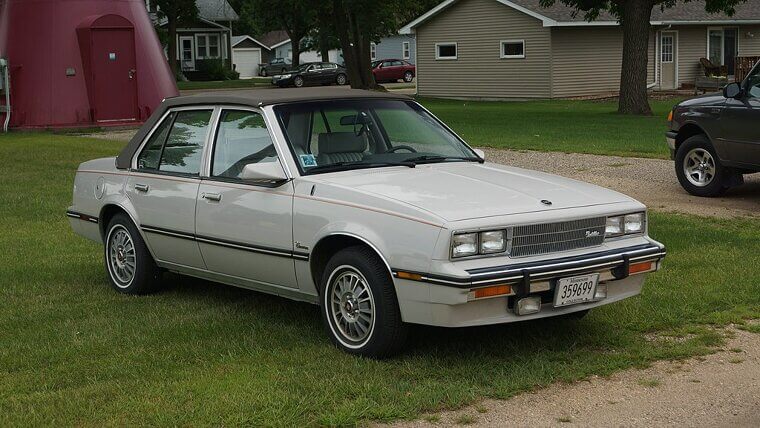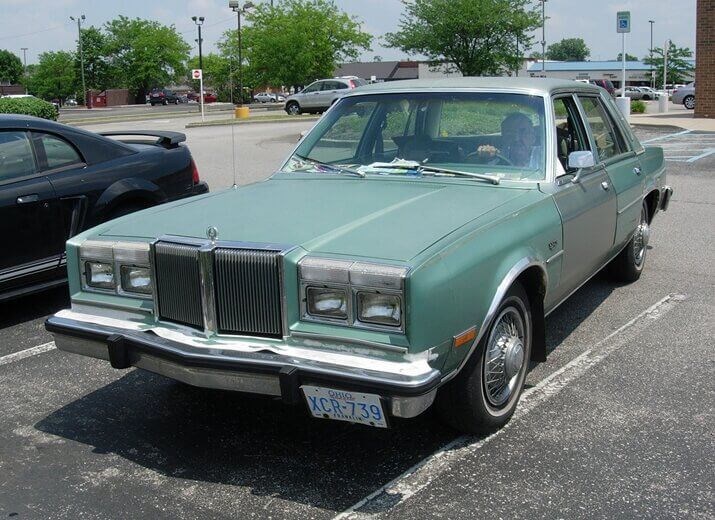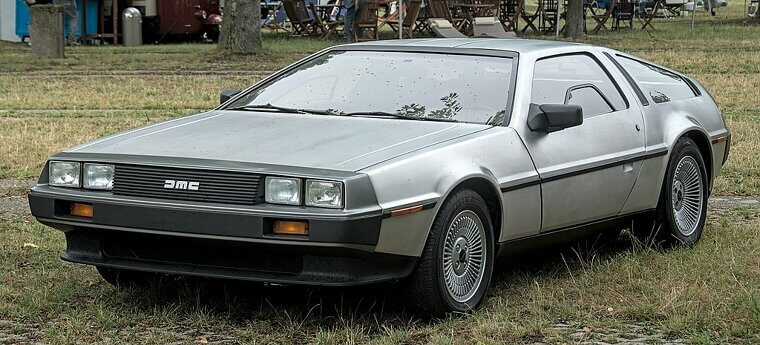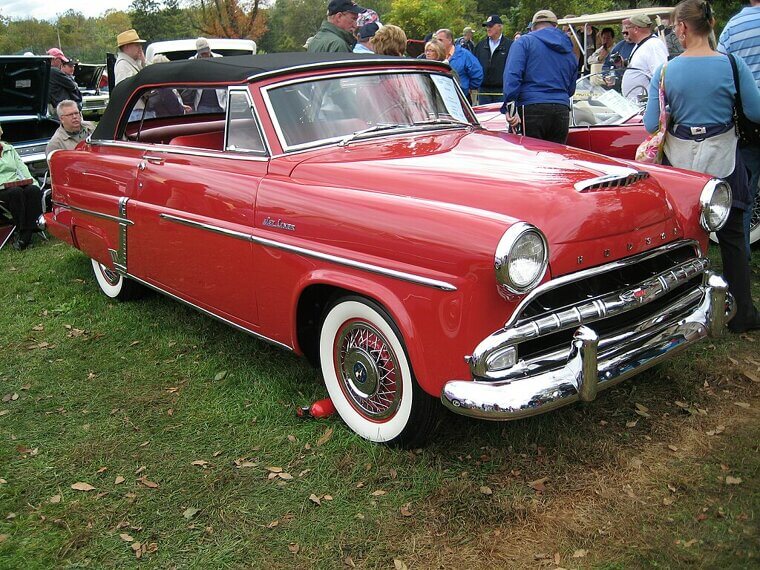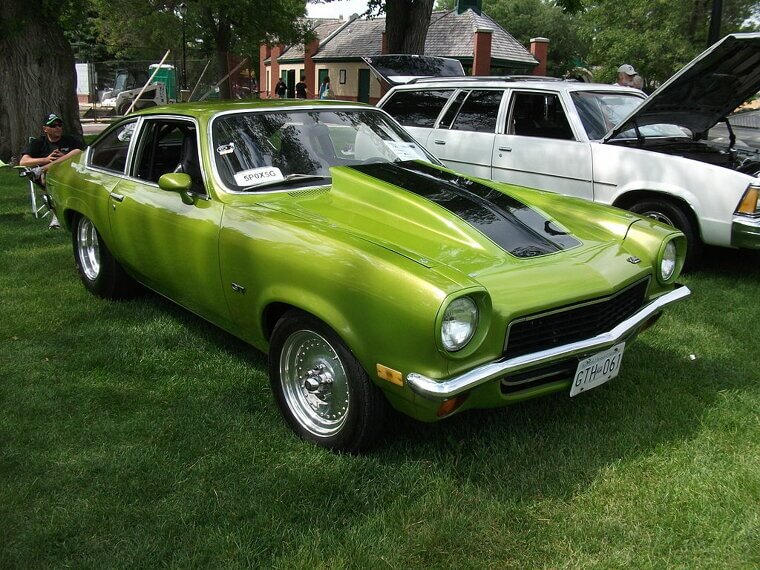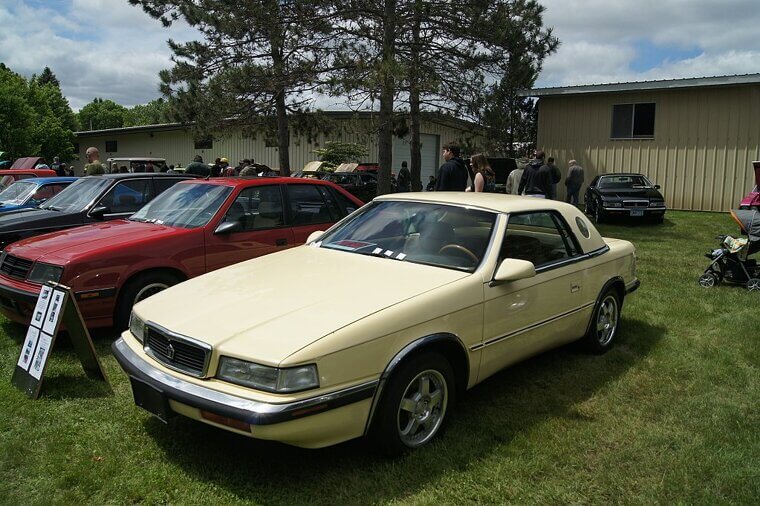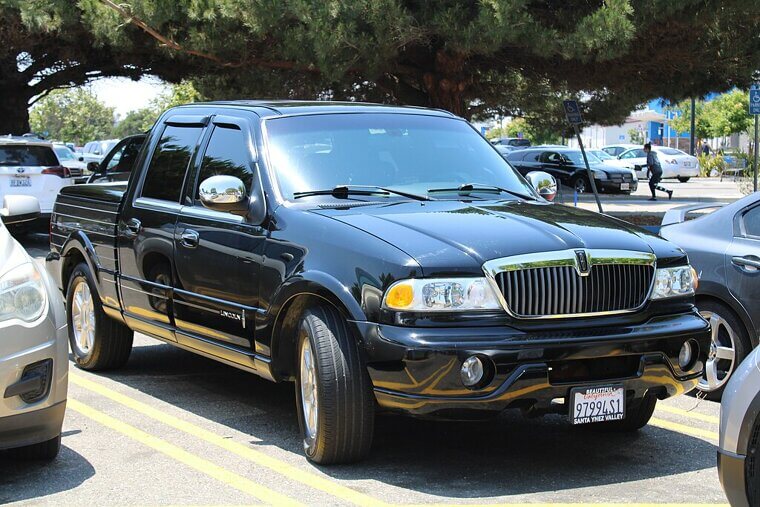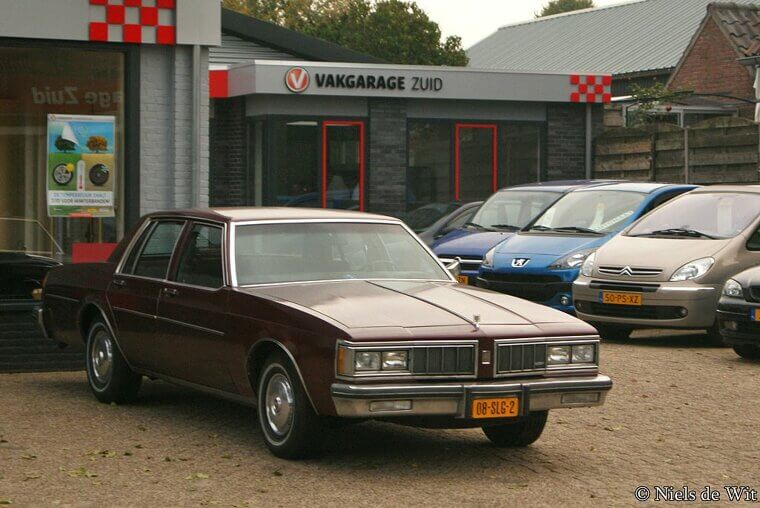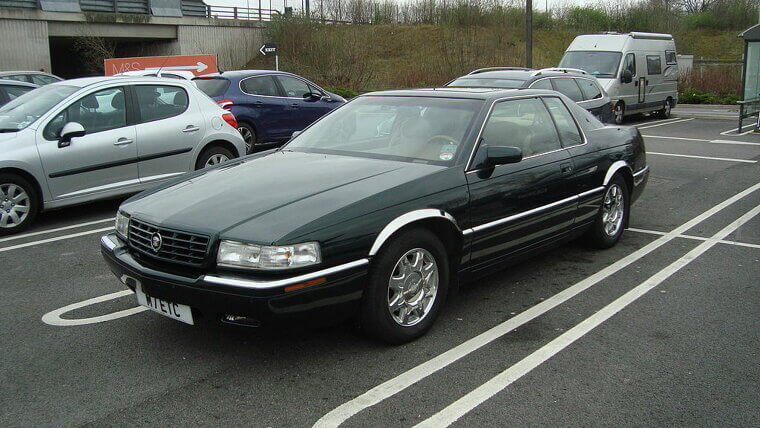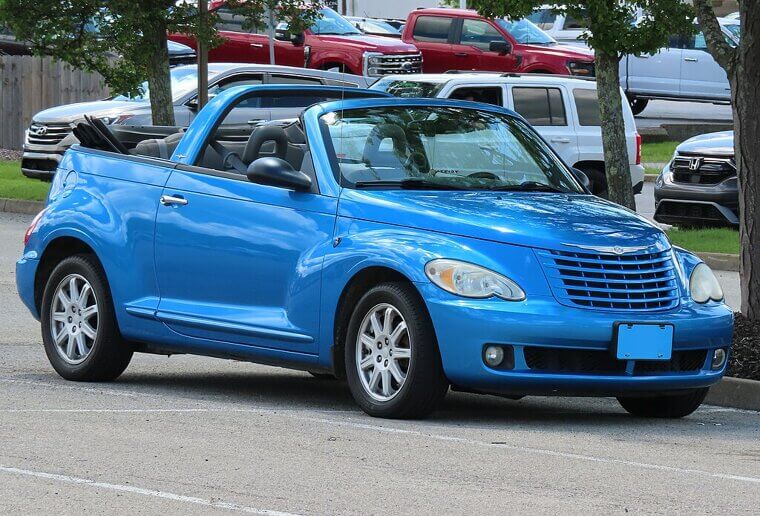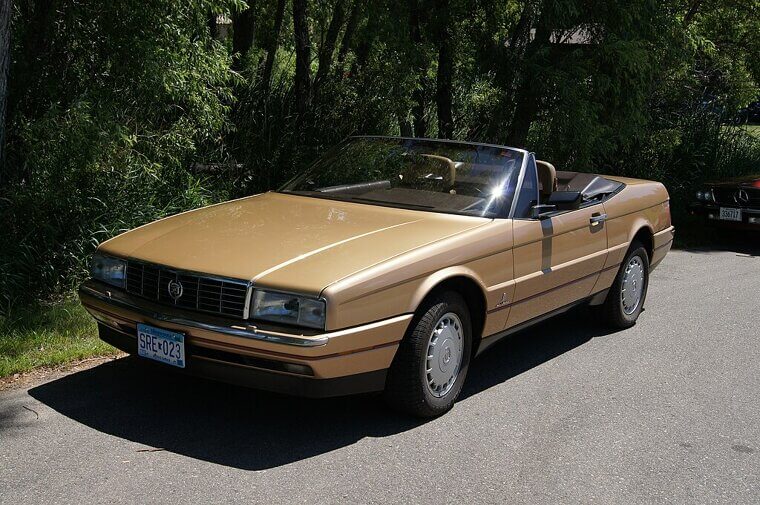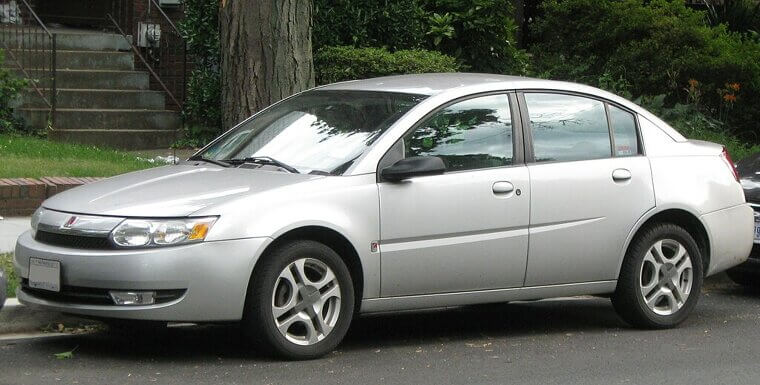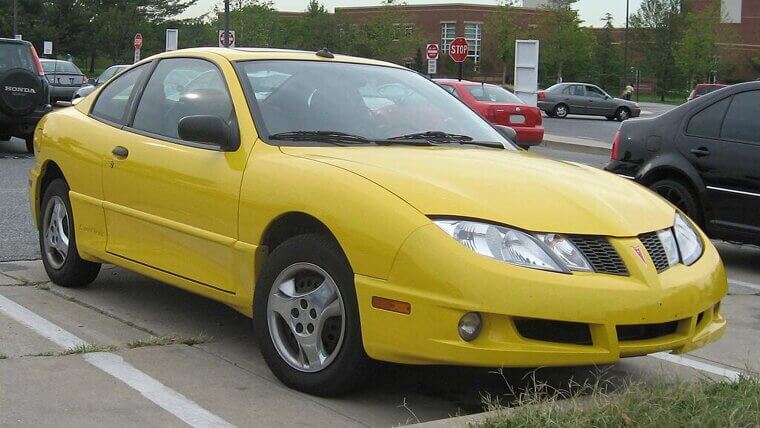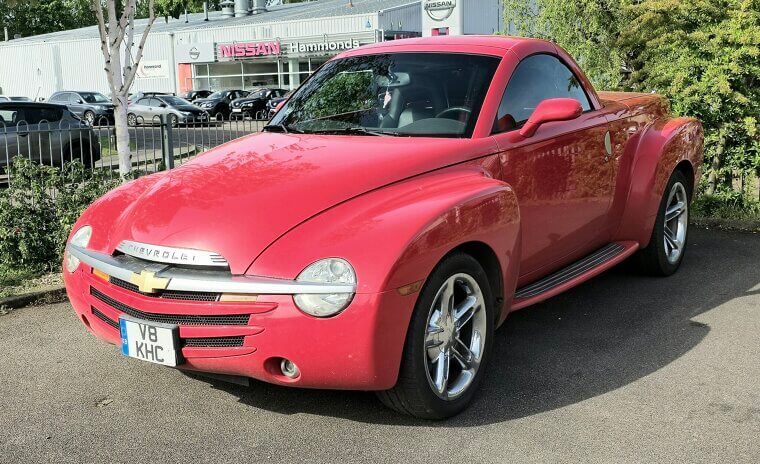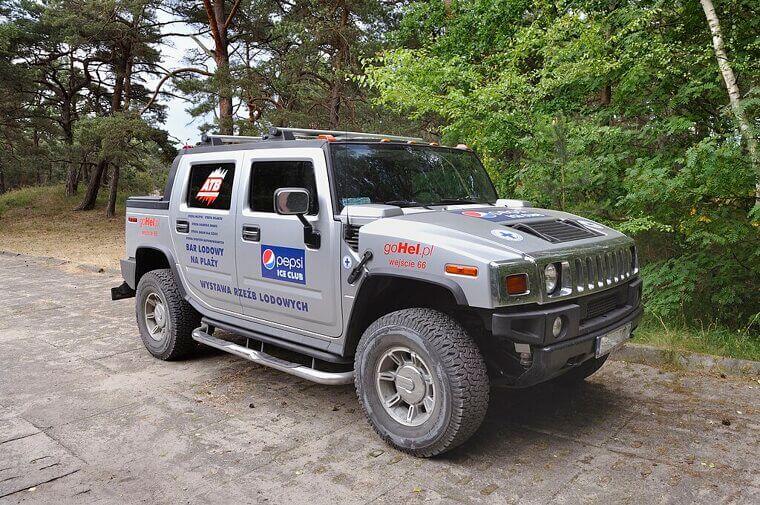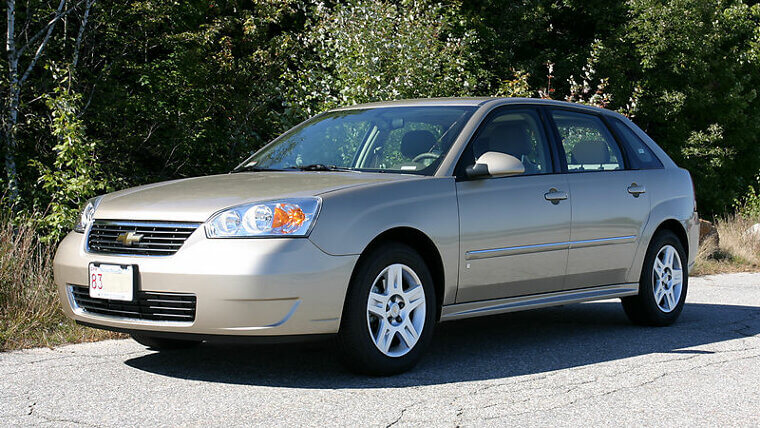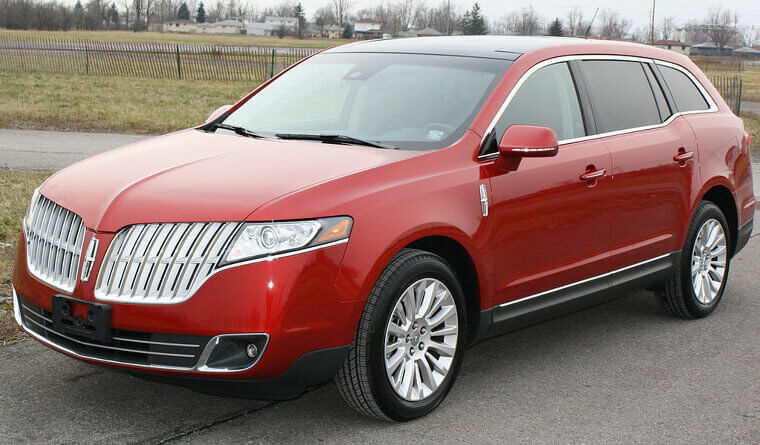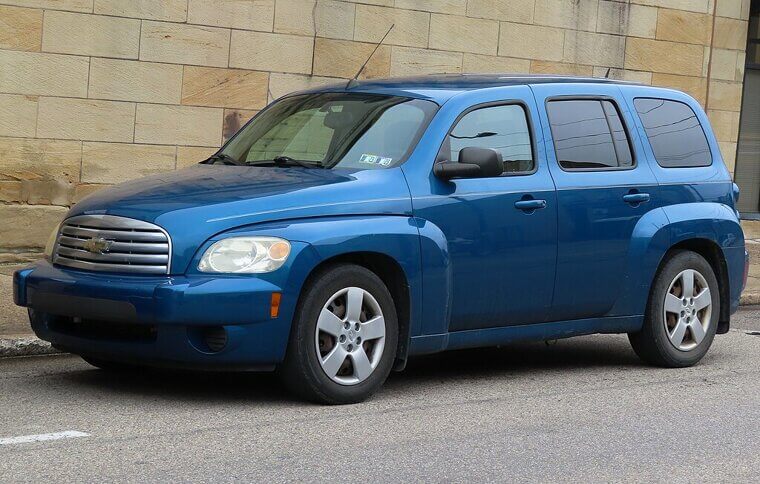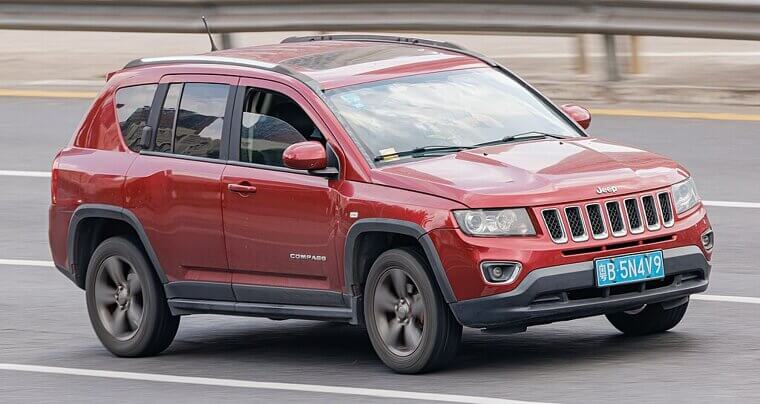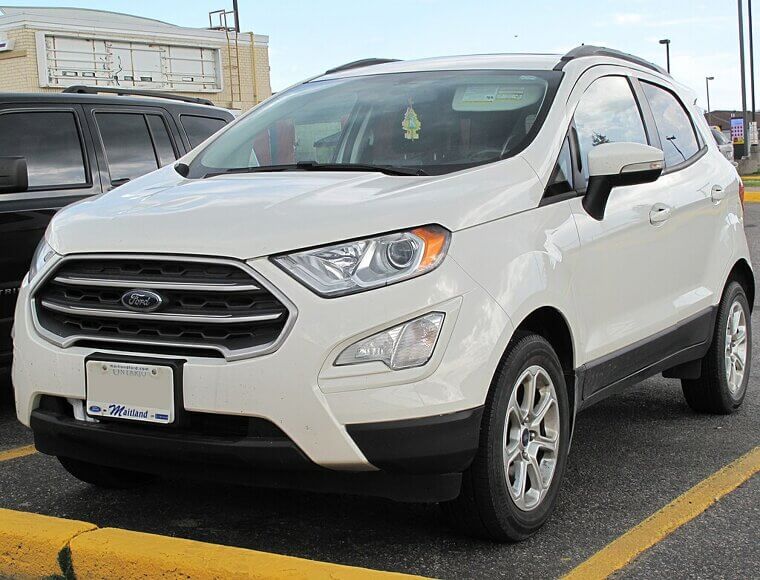Plymouth Prowler (1997-2002)
Its unique retro styling made it look sporty, but the V6 engine under the Prowler’s hood couldn't give it the horsepower or performance it needed to justify its costly price. In fact, it was too expensive to produce - only 12,000 were ever made.
Dodge Dakota (2005-2011)
The Dokata was neither big enough for a full-size pickup nor small enough for a compact, so it failed at both. Perhaps the biggest problem was its fuel efficiency though; it drained the tank quickly, even for the standards of its day.
Pontiac Aztek (2001-2005)
According to GM, the Aztek’s design was a mistake due to corporate meddling, and it shows - some people call it “a war crime in car form.” It didn’t even perform as promised; it was supposed to be an adventure vehicle, but the off-road capabilities were terrible.
Ford Edsel (1958-1960)
Named after Henry Ford’s son, the Edsel was hyped to be Ford’s new masterpiece, but its release was anticlimactic. It was expensive in a time of recession, the bizarre front grille looked like a toilet seat, and some came off production lines missing parts!
Ford Pinto (1971-1980)
Negligence was the Ford Pinto’s sin, and it was a big one. Despite the known dangers to public safety, the Pinto was released with a gas tank near the rear bumper which was prone to exploding at the smallest provocation, turning the car into a fireball.
Dodge Rampage (1982-1984)
When it was released the Rampage had an identity crisis: it was a pickup that was too weak and small to be a hauler, and didn’t look as good as a sedan. It does have a dedicated fanbase in the modding community now though!
Chevrolet Corvair (1960-1969)
Owing to the Corvair’s rear-engine design and its initial lack of rear stabilizer bar, the vehicle was a safety disaster on wheels. Safety advocate Ralph Nader revealed as much in his book “Unsafe at Any Speed,” and the corvair crashed and burned. Literally.
AMC Pacer (1975-1980)
The Pacer’s giant glass windows and bubble design led to its inevitable comparison to a fishbowl, and you can only imagine how hot it got in the summer! It handled like an aquarium too - the inline-six engine just couldn’t propel the car’s massive bulk.
AMC Gremlin (1970-1978)
AMC’s Gremlin was aptly-named - it looked like the front half of a Hornet sedan… because it was! The result was a vehicle that looked and felt cheap, with no power in its weak engine and abysmal handling. Weirdly though, its sales figures weren’t bad.
Cadillac Cimarron (1982-1988)
When your own company executives call a vehicle a “textbook example of what not to do” you know you’ve gone wrong somewhere! The Cimarron was overpriced, underpowered and was essentially just a Chevy Cavalier with badge change. It made Cadillac a joke for a while.
Chrysler Imperial LeBaron (1981-1983)
If ever there was an example of overcompensating, it would be the Imperial LeBaron. It was huge, heavy and unwieldy, with the handling to match but it’s probably most remembered for its massive bumpers that looked like they could storm a castle.
DeLorean DMC-12 (1981-1983)
While it looked like an advanced supercar, the Delorean DMC-12 was much slower than it looked, and it was about as reliable as wet tissue. Back to the Future turned back the clocks for the DMC-12, but couldn’t save the company from its demise.
Bricklin SV-1 (1974-1976)
SV-1 stands for Safety Vehicle 1, but the sports car’s safety features only served to slow it down! They were beset with issues too; take the gullwing doors, for example, which frequently experienced air piston failures and trapped drivers inside!
Tucker 48 (1948)
With its advanced features - pop-out windshields, seat belts, rear-mounted engine - the 48 was a pioneer, but they only ever built 51 of them. It was also surrounded by rumors of sabotage and allegations of fraud, all of which put nails in the company’s coffin.
Hudson Jet (1953-1954)
The Jet’s very name promised a futuristic, sleek car, but what buyers actually got was an ugly, boring vehicle that resembled a shortened sedan. It was designed to compete with economy cars, but it was too costly and almost led Hudson to bankruptcy.
Chevrolet Vega (1971-1977)
The lack of test control doomed the Vega, and the imports they rushed to complete were a mess. One in five cars didn’t last five months without a critical fault and those that did just rusted within the first year of ownership. Its aluminum engine overheated, too.
Chrysler TC by Maserati (1989-1991)
The Chrysler TC by Maserati was just a LeBaron with a Maserati badge and an overinflated price tag the modern-day equivalent of more than $80k. It’s not like Chrysler was even after a quick buck - it took five years to arrive after its announcement!
Lincoln Blackwood (2002-2003)
The Blackwood was a mess of marketing, trying to be a luxury truck with features that contradict each other. The truck bed was not only too small, but lined with carpet, making it useless for hauling. It had the price of an expensive cruiser, too.
Oldsmobile Diesel (1978-1985)
Oldsmobile Diesel engines are now infamous as one of the worst in history, being gas tanks converted to diesel. This process caused all manner of problems, from gas-guzzling and overheating, to blow-by and complete failures. Oldsmobile never really recovered from the disaster.
Cadillac V8-6-4 (1981)
While the concept of an engine that dynamically switches between 4, 6 and 8 cylinders depending on drivers’ needs was revolutionary, the tech couldn’t handle it. It frequently caused performance problems or stalling, and its short life makes the V8-6-4 one of the rarest Cadillac models around.
Chrysler PT Cruiser Convertible (2005-2008)
Adding a convertible aspect onto the PT cruiser was actually an attempt to make it multipurpose, but it failed quite dramatically. Adding a convertible aspect ruined the distinctive hatchback look ugly, and by the time it shipped, people had lost interest in the Cruiser.
Cadillac Allanté (1987-1993)
The Allanté was largely hand-assembled, flown in from Italy, and marketed as luxury, but all these things worked against it. It underperformed and was considered unrefined, especially for the hefty price tag, relegating it to one of the least successful Cadillacs ever.
Saturn Ion (2003-2007)
The Ion was slammed with reports of poor build quality, and it shows. The design was uninspired and its performance was subpar across the board. Even the interior felt cheap and badly made! Transmission troubles in its early life were the final straw.
Pontiac Sunfire (1995-2005)
The Sunfire was outdated right off the assembly line! It was marketed as and designed to resemble a sports car, but had none of the features. Because of cheap craftsmanship, it was slow, weak and it handled poorly, but surprisingly, it still had a decent production run.
Ford Thunderbird (2002-2005)
The relaunch of the Thunderbird was like an old man trying to be “down with the kids.” It was just cringey! The excitement, energy and edge of the original T-bird had gone, and production shut down after just a few short years.
Chevrolet SSR (2003-2006)
The SSR brought out the worst parts of a truck and a convertible. Its V8 engine couldn’t power the heavy frame, but the truck bed wasn’t useful for hauling. Its price tag was another weird middle ground that didn’t appeal to any consumer.
Hummer H2 (2002-2009)
Few vehicles can compete with the H2 for gas guzzling, which drained your fuel and wallet at lightning speed when the market was looking for smaller, environmentally friendly options. It was huge and loud, but its utility didn’t match, making it all bark and no bite.
Buick Reatta (1988-1991)
The Reatta tried to be so many things and failed. It wanted to be a luxury sports coupe, but didn’t have the performance to match nor any luxuries to match its competitors. Its touchscreen infotainment system wasn’t enough to justify its crazy price tag, either.
Chevrolet Malibu Maxx (2004-2007)
It’s not that the Malibu Maxx was such a bad vehicle, it was just too much of an oddball to appeal to the larger market. It didn’t offer enough luxury as a family sedan, nor the excitement for the sports car crowd.
Lincoln MKT (2010-2019)
Technology and comfort-wise, the MKT was a winner, but its strange, unappealing aesthetics and confusing identity - caught somewhere between a station wagon and luxury SV - were off-putting. The MKT quickly became outdated, and its competitors left it in the dust.
Chevrolet HHR (2006-2011)
The HHR stylized itself on a 1950s retro panel van, which appealed to some. However, it ultimately never impressed the wider market. Buyers expected power, but only got a pretty dinky 2.2L 4-cylinder engine sans the turbo so its modern competitors just got more traction.
Dodge Dart (2013-2016)
This generation’s Dart failed to live up to the high speed promise of its name, instead offering tame performance and weaker engines. It was outdone by its competitors in almost every category, from fuel efficiency reliability so it ultimately fell by the wayside.
Jeep Compass (2007-2010)
Jeep was known for its rugged and bold vehicles, but the Compass just didn’t provide that, nor could it provide the four-wheel-drive performance that Jeep buyers had come to expect. Some people appreciated its comfort, but it was too sensitive for most Jeep enthusiasts’ tastes.
Ford EcoSport (2018-2022)
Although now the EcoSport’s rear spare tire mount is now a plus, back when it debuted it was considered outdated - an opinion that was reinforced by the cheap build of its interior. It was released in the U.S. years after its foreign debut though, so it was already dated on arrival.
Cadillac ELR (2014-2016)
The ELR was against Tesla’s brand, and unfortunately it just couldn’t compete. It’s expensive price tag didn’t help either; it had a luxury car pricing while offering a similar performance to the significantly cheaper Volt.

